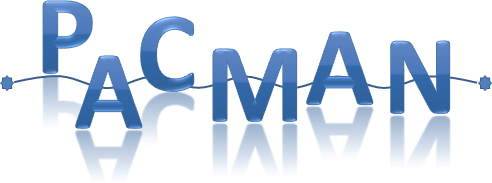Speaker
Summary
QDaedalus is a measurement system developed at the Institute of Geodesy and Photogrammetry at ETH Zurich. It is composed of both, hardware and software developments. The basic idea is to replace the eye-piece of an existing total station by a CCD camera in a non-destructive way in order to measure fully automatically very accurate spatial directions to visible objects without using corner-cube targets as in standard Automatic Target Recognition (ATR). In addition to the CCD camera and the total station, the hardware is composed of a motorized focuser and a small electronic interface for hardware synchronization of several systems.
The dedicated software of QDaedalus is based on a user-friendly graphical interface and controls all sensors including the total station. Furthermore it allows calibrating the system properly before starting the measurement of the targets. These measurements are based on different optical target object recognition and extraction algorithms (OTR), i.e. template least-squares matching, center of mass operator, robust circle and ellipse matching. Thus a fully automatic acquisition of numerous kinds of objects can be carried out. The performance of the system QDaedalus in terms of capability, precision, and automation level will be outlined in two practical examples. The first in concerns automatic 3D deformation measurements of reinforced concrete beams for stress analysis at ETH Zürich.
The second, in relations with the development of an alternative fiducialisation strategy at the European Organization for Nuclear Research in Geneva (CERN). The experiment focuses on the determination of high-precision 3D-coordinates of accelerating components (1x4x1 meters) of a future linear particle collider. In this application, several QDaedalus systems were set up simultaneously for measuring fully automatically the spatial directions of small ceramic spheres in order to realize a micro-triangulation network.
The results obtained reveal a 3D-accuracy at a level better than 10 microns. Comparisons with a commercial laser tracker and a coordinate measurement machine (CMM) are presented in order to demonstrate the performance of the system.
